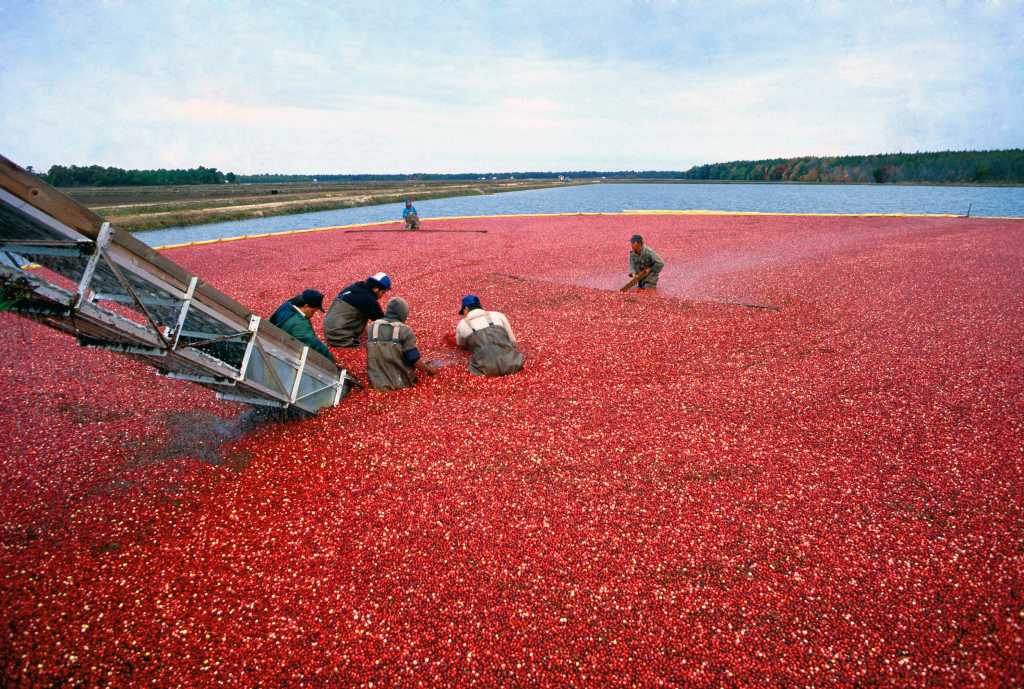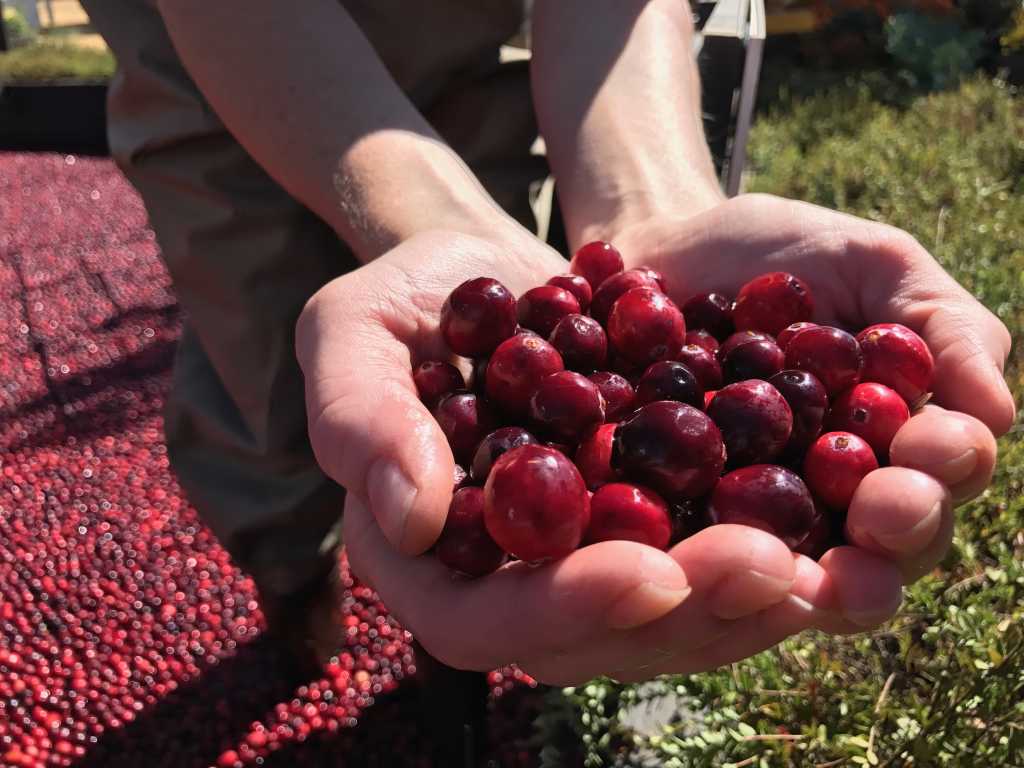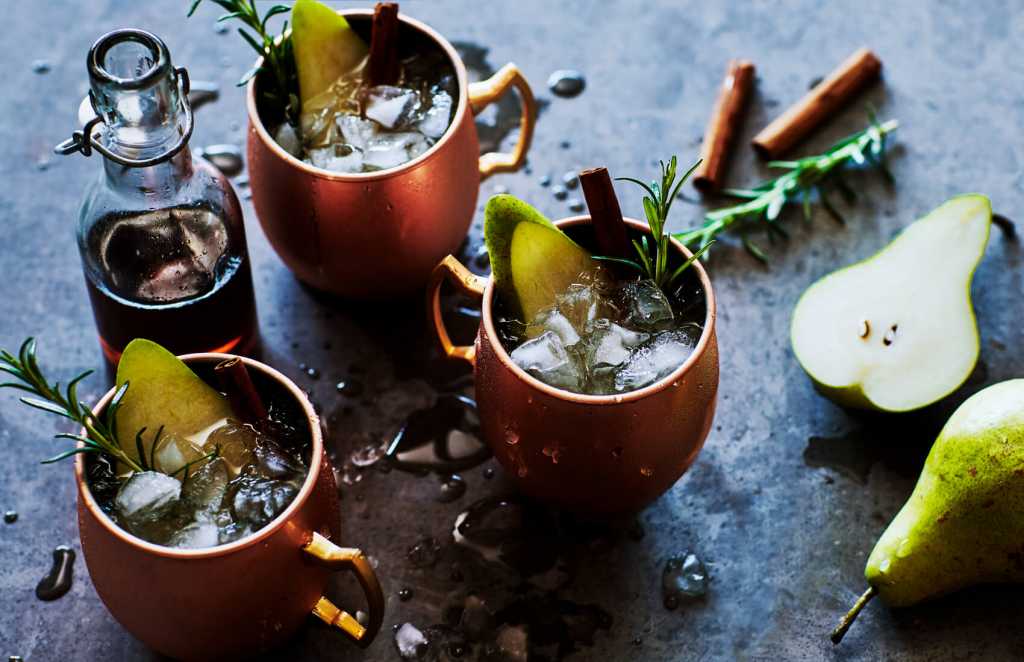The American cranberry is a berry native to North America. Native Americans used cranberries in their diets as early as 1550. They taught the Pilgrims how to cook with the berry. Cranberries are of great culinary importance in the United States and hardly any Christmas or Thanksgiving recipe can be imagined without them.
The bright red berries are grown in Massachusetts, Wisconsin, Washington, Oregon and New Jersey. Cranberries require sandy soils and abundant fresh water. These ideal growing conditions are found in the northern part of the United States.
The cranberry harvest occurs in the fall from September through November. Grown on vines in beds, cranberries are harvested in two different ways: dry and wet. In a dry harvest, which makes up only a small percentage of the harvest, cranberries are picked by hand or mechanical pickers similar in appearance to a lawn mower.

Wet Harvest
Most cranberries are grown in large bogs or marshes. Farmers flood the cranberry fields up to a height of 45 centimeters, so that the water level is higher than the bushes. The berries are knocked off the vines by mechanical harvesters, then, when they float to the surface they are corralled onto a truck for transport to a processing plant. The berries float on the surface of the water because their four air chambers provide them with sufficient buoyancy. Because of this harvesting method, many people believe that cranberries only grow in water. Of course this is not true.
More than 95% of berries are wet harvested and processed into cranberry juice, cranberry sauce, and dried cranberries.

Beds begin to go dormant after harvest. Once the cold winter approaches, the marshes are flooded again in order to create a layer of ice to protect vines from harsh weather. The ice also allows for sanding of the beds, which stimulates growth when the ice melts. In the spring, the cycle starts over again as petals fall from the flowers, leaving small green nodes that will turn into cranberries.
The fresh fruit will keep in the refrigerator for about three weeks, provided that they are undamaged. Eating these red power berries raw, allows you to enjoy a sour Vitamin C boost. It’s way more common to find these fruits processed into jams, sauces, or dried. Especially tasty are sauces or chutneys from cranberries. The Quince Chili Chutney with Cassia Cinnamon and U.S. Cranberry Chutney goes very well with hearty game dishes or cheese. Gently dried fruits in particular retain almost all of their nutrients. They can be used in many different ways, for example as the sweet topping for a Biscotti with U.S. Pecans.
Have a look for yourself and watch the fascinating process to bring these delicious berries from America’s farms to our tables




